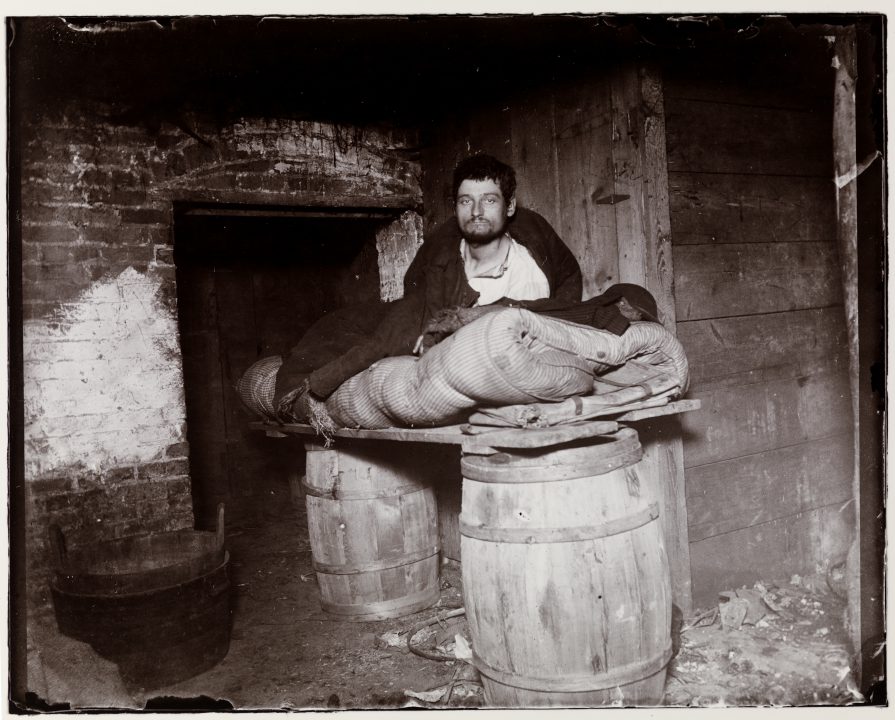Visitors, students and employees at Tarrant County College Northeast will be taken back in time through an exhibit that displays photographs by Jacob Riis (1849-1914), a pioneering newspaper reporter and social reformer in New York at the turn of the twentieth century. His then-novel idea of using photographs of the city’s slums to illustrate the plight of impoverished residents established Riis as the forerunner of modern photojournalism.
TCC Northeast will host “Jacob A. Riis: How the Other Half Lives” Sept. 4 through Oct. 16 in the J. Ardis Bell Library (828 W. Harwood Rd., Hurst). The exhibit features photographs by Riis and his contemporaries, as well as his handwritten journals and personal correspondence.
“Great photographs, like those taken by Jacob Riis, resonate and are able to elicit emotions a century after they were taken,” said Chloe Northrop, Ph.D., associate professor of history. “I hope our students are inspired to question social issues that might be in our own community and seek to provide whatever assistance we can. Studies show that empathy is a great tool for young people to have in order to be a successful, well-rounded adult.”
The Danish-born Riis immigrated to America at the age of 20, and after four years of living in poverty, he started a successful career as a newspaper journalist for the New York Tribune and the Evening Star. Riis worked at night as a police reporter, often seeing the less-polished side of New York City, the home to many immigrants from throughout Europe. By taking photographs to accompany his newspaper articles, Riis began documenting the lives of the impoverished and the places they lived and took refuge. With the development of flash powder, he was able to illuminate nighttime images of those living and working in alleyways, tenements and sweat shops, among other squalid places in the city. His interests in writing about “how the other half lived” grew, and over his lifetime Riis wrote many books about the urban poor that included his photographs.
Feeling that more could be done, Riis gave his first lantern slide lecture (a precursor to today’s digital presentations) featuring his photographs in 1888. He captivated audiences with stories of his experiences and began to tour the country delivering lectures, often in a crusade to advocate and bring about changes for the marginalized. Through his lectures, books and even his friendship with President Theodore Roosevelt (former police commissioner of New York), Riis advanced social reform in early 20th-century America. His efforts led to increased awareness about the city’s underbelly and improved living conditions for children and adults.
Visitors to the exhibit will experience immersive life-size photographs, as well as artifacts and personal documentation. The exhibition is made possible by the National Endowment for the Humanities. “Jacob A. Riis: How the Other Half Lives” is adapted from the exhibition, “Jacob A. Riis: Revealing New York’s Other Half,” organized by the Museum of the City of New York. The exhibit has also traveled to the Rutherford B. Hayes Presidential Library and Museum, and future exhibition locations include the Museum of Danish America, Nordic Heritage Museum and East Hampton Historical Society.

